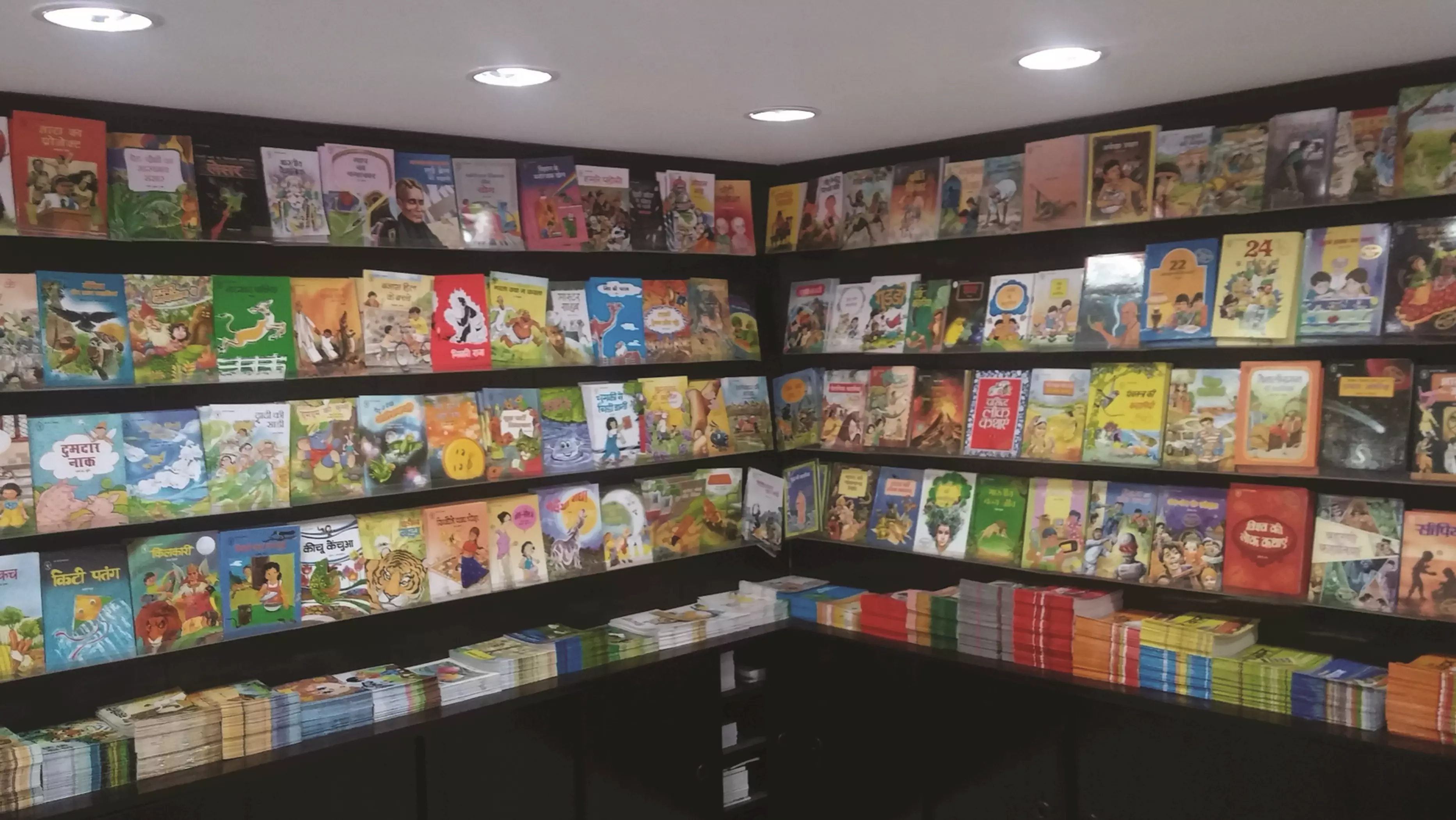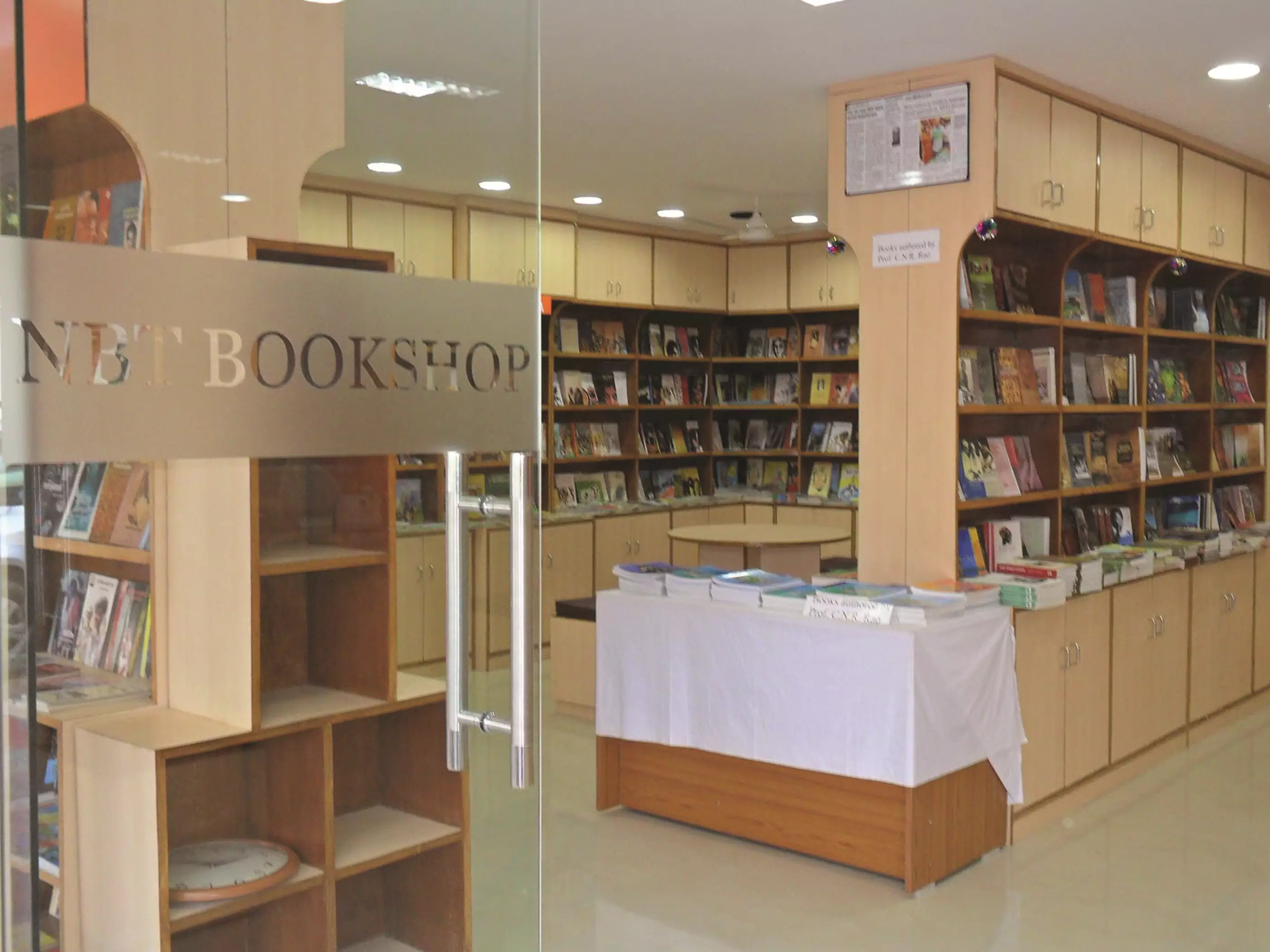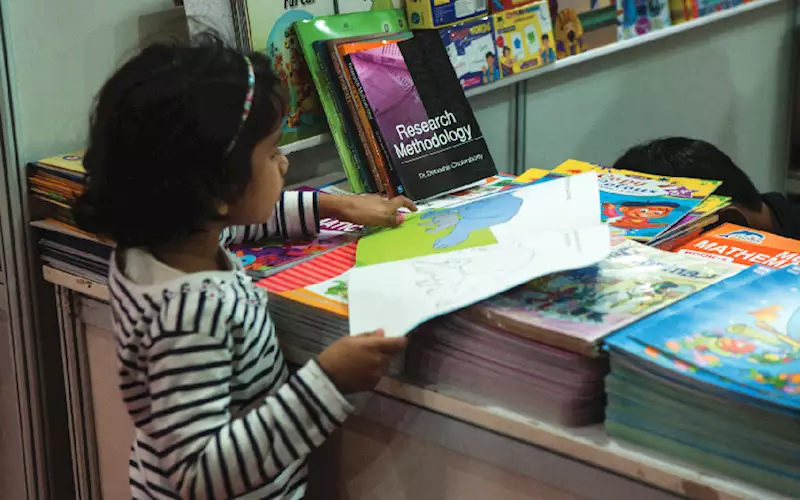A survey of children’s books in India
Som Nath Sapru highlights the landmark moments in the development of children’s book publishing in post-Independence India
04 Jun 2019 | By Som Nath Sapru
When I was a child, my father used to read stories of the animal kingdom from Panchatantra in Sanskrit and regale to me in my mother tongue, Kashmiri, each evening. I remember I often used to snatch the book from my dad’s hand to look for an illustration so that I could visualise what has been narrated to me. Listening to the stories was an exciting experience, but I could never read the text.
There were no children’s books available in regional languages in the early 1940s. In the late 1940s, translations of The Alice in Wonderland were published in a few regional languages such as Tamil. A Telugu edition was published by Manchi Pustakam, Hyderabad in the early 1950s. It was followed by a Marathi adaptation by GA Kulkarni and immediately after that a Malayalam version, and a Bengali rendition by HK Roy. Many Indian authors adapted The Alice in Wonderland and mixed it with Indian mythological stories, and many changed the names of characters and places to the Indian scenario.
Children in the early 1960s were fortunate when affordable books appeared in the market to the relief of young parents who could read a story in easy language with illustrated books to their young children. The magician to bring these books in the market was none other than the famous cartoonist Shankar. He initially focused on books for leisure and pleasure based on mythology, culture, traditions and moral values, aiming to shape a child’s mind.
Children’s Book Trust
K Shankar Pillai, popularly known as Shankar, was close to the then prime minister Jawaharlal Nehru, who encouraged him in his venture to produce children’s books and granted him a sizeable amount as a loan and a piece of land in the heart of the capital to establish a trust. Thus started Children’s Book Trust (CBT) in 1957-58, which was inaugurated by the then President of India, Dr S Radhakrishnan on 30 November 1965.

CBT set for itself an ambitious target to promote the production of well-written, well-illustrated and well-designed books for children. In furtherance of this objective, the Trust brings out books that are easy to read and easy on the eyes, including books that enable children to have a better understanding of India’s cultural heritage.
Meanwhile, Shankar conceived the idea of having all writers, illustrators, editors and book designers, and even print facilities under the same roof to produce affordable books for children. In the 1960s, he established Indraprastha Press, where the books continue to be published, produced and distributed.
During an informal meeting with Ravi Shankar, Shankar’s younger son and one of the trustees of CBT, this author was informed that the organisation produces at least four books a month and the bulk of these books are procured by various government agencies for rural and small town reading rooms and libraries for children, besides their own sales points spread all over the country.
Ravi Shankar was emphatic that CBT will never upload its titles on an electronic medium, or make eBooks. He also maintained that CBT books are popular, because they are well-designed, profusely illustrated in pleasing colours, and affordable.
Ravi Shankar’s involvement with CBT started with his interest in printing machines when his late father was actively involved with the publishing and production of all the children books, besides his famous Shankar’s Weekly, which many described as the Punch of India. Started in 1948, Shankar’s Weekly stopped publishing on 3 December 1975.
National Book Trust
Looking at fast acceptance and popularity of CBT, the government realised the importance to have an autonomous body which could perform similar activities as Children’s Book Trust. Thus, the National Book Trust (NBT) came into existence. Its objectives are to produce and encourage the production of good literature in English, Hindi and other Indian languages besides children books, and to make such literature available at moderate prices to all the segments of public.
In 1993, the National Centre for Children’s Literature (NCCL) was established by the NBT to monitor, coordinate, plan and aid the publication of children’s literature in various Indian languages.

National Book Trust
The centre helps in the creation and translation of books for children. At the same time, it also works for monitoring, coordinating and aiding the publication of children’s literature in the country in all regional languages, besides Hindi and English. The primary objective of the centre is to collect and make available Indian and foreign materials and expertise to publishers, authors, illustrators and others interested for rapid and balanced development of children’s literature and make it available to parents, teachers, educationists and planners.
Besides these, there are several private publishers working in the field of children’s literature. Publishers like Tara, Tulika Books, Karadi Tales have specialisation and expertise in translating children books. On the other hand, Penguin’s Puffin, DC Books’ Mango, Zubaan and Rupa’s Red Turtle have specialised in children’s books in the English language.
Children’s magazines
In the children’s magazine segment, the first to arrive on the scene was Chandamama in several Indian languages, besides English and Hindi, followed by Champak, Amar Chitra Katha, Chakmak, Kishore, Target, etc.
The Urdu language has contributed a lot to children’s books and periodicals. Way back in 1893, Insha Alla Khan wrote Rani Ketaki ki Kahani containing rich humour for children. Syed Imtiaz Ali’s Chacha Chhakkan stories are delightful reading for children. Late president Zakir Husain also wrote for children and his writings heavily depict cultural pluralism, democracy and secularism. Shama group’s Khilauna magazine for children in the Urdu language attracted several known writers such as Gulzar, Nusrat Zaheer, Raza Jafari and others to contribute.
The Association of Writers and Illustrators for Children
The real landmark in the development of children’s literature in India was the establishment of a unique voluntary organisation, The Association of Writers and Illustrators for Children (AWIC), in 1981 at New Delhi. The credit to start this organisation again goes to Shankar.
AWIC is actively involved in the promotion and development of creative literature for children.
Children’s writers
The publishers have made the best use of several well-known children’s book writers, namely Ruskin Bond, RK Narayan, Shankar, Manorama Jafa, Sarojini Sinha, Mulk Raj Anand, and Kaveri Bhatt, among others. Children’s books published and marketed by these publishers have brought enhanced quality to children’s literature by creating content through contemporary stories where truth and fiction co-exist and all these books are well-written and illustrated by talented artists and graphic designers.
A growing market
Children’s literature in India is a growing segment. It is growing at 14-18%. India is the third largest English language publisher in the world and the children’s book segment is 1/4th of this. Looking at the growing literacy rate, Indian publishers are pumping in more investments in the industry and enhancing their trade by using new technology, producing more in less time. With the fourth of India’s 1.28-billion population being the younger generation who are constantly in the need of reading material, it is imperative that the Indian children’s book publishing industry enhanced business and readership.











 See All
See All